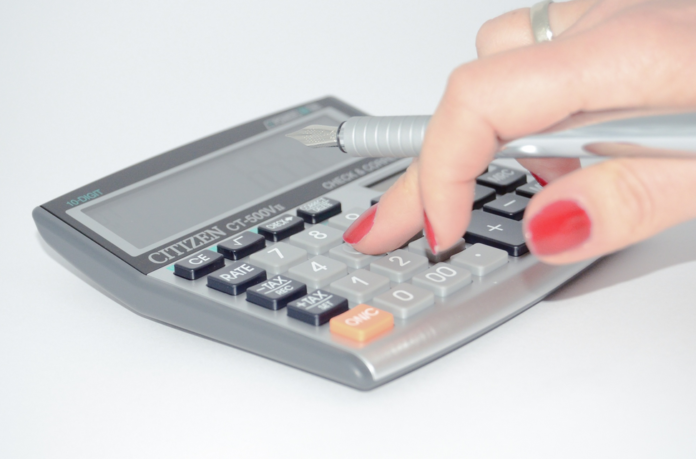Did you know that 97.2% of organizations are investing in big data and AI? Data is an important business asset, but it isn’t the only one.
Businesses have physical assets that they need to manage as well. Doing so properly can save money and help with organizing all assets.
Part of managing assets includes learning about asset depreciation. Keep reading to discover the best management tips.
Depreciation Schedule
To manage asset depreciation, you can use a depreciation schedule that acts as a roadmap for expenses. A depreciation roadmap outlines fixed asset costs and how an asset is useful over its lifetime.
An asset will generate revenue for an expected amount of time and you can write off the purchases of some of these assets.
You can create a depreciation schedule by choosing a method of depreciation. You can use different depreciation methods for different assets but small businesses tend to stick to one. These are the methods to choose from:
Straight Line
Most businesses use the straight line method to depreciate assets. With this method, your business asset is depreciated by a uniform amount every year of its useful life.
To get the annual depreciation expense, you’ll divide each asset’s depreciable value by its useful life.
Double Declining Balance
With the double declining balance method, as the asset ages, your annual depreciation expense declines.
This is an accelerated depreciation method that matches the value of assets at the beginning of their useful lives. These assets lose value quickly.
For example, you can use the double declining balance method for business vehicles and fleet management.
You will double the straight line depreciation rate to calculate double declining balance.
Sum-of-the-Year’s-Digits
Businesses use the sum-of-the-year’s-digits method for physical assets that lose the most value during the first phases of their useful lives.
You’ll calculate the asset’s useful life and divide the first year’s sum by the total sum. You’ll then multiply that value by the asset’s depreciable value.
Units of Production
Manufacturing businesses use this method of depreciation for machinery. They measure useful life by units instead of years. This is beneficial for a heavy machinery maintenance strategy.
For non-manufacturing small business assets, this method of depreciation doesn’t make sense to use.
Set up an Asset’s Depreciation Schedule
Create a depreciation schedule in a spreadsheet for easy access and organization. There are template options you can use but the schedule should include the asset name along with this information:
- Purchase cost
- Purchase date
- Useful life
- Salvage value
- Depreciable method
- Depreciable value
Another important piece of the depreciation schedule is a table that lists annual depreciation for the asset. This includes information like starting asset net value, cumulative depreciation, and annual depreciation expense.
You can also visit here for services that help with all phases of the asset life-cycle.
Asset Depreciation Management Tips to Follow
The best tip for asset depreciation management is to create a schedule. This outlines all business assets and their method of depreciation.
You can choose from straight line, double declining balance, sum-of-the-year’s-digits, and units of production methods.
Small businesses are better off using one method, most commonly the straight line method.
For more informative business articles like this, check out the other posts on our blog.









